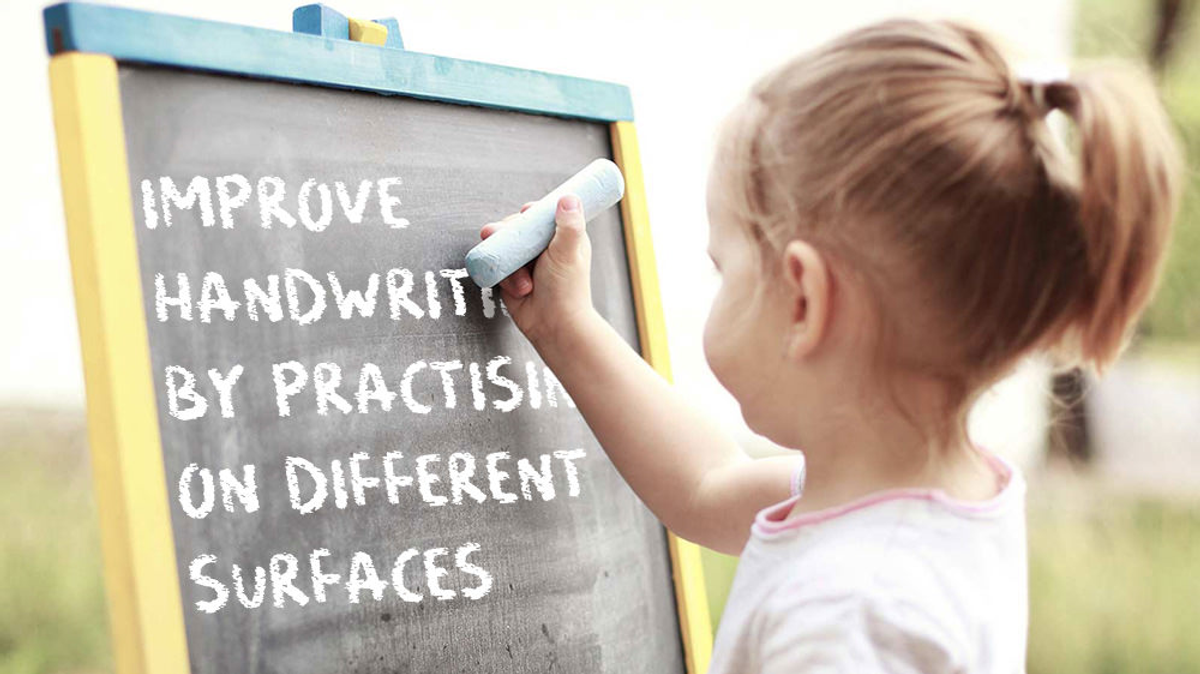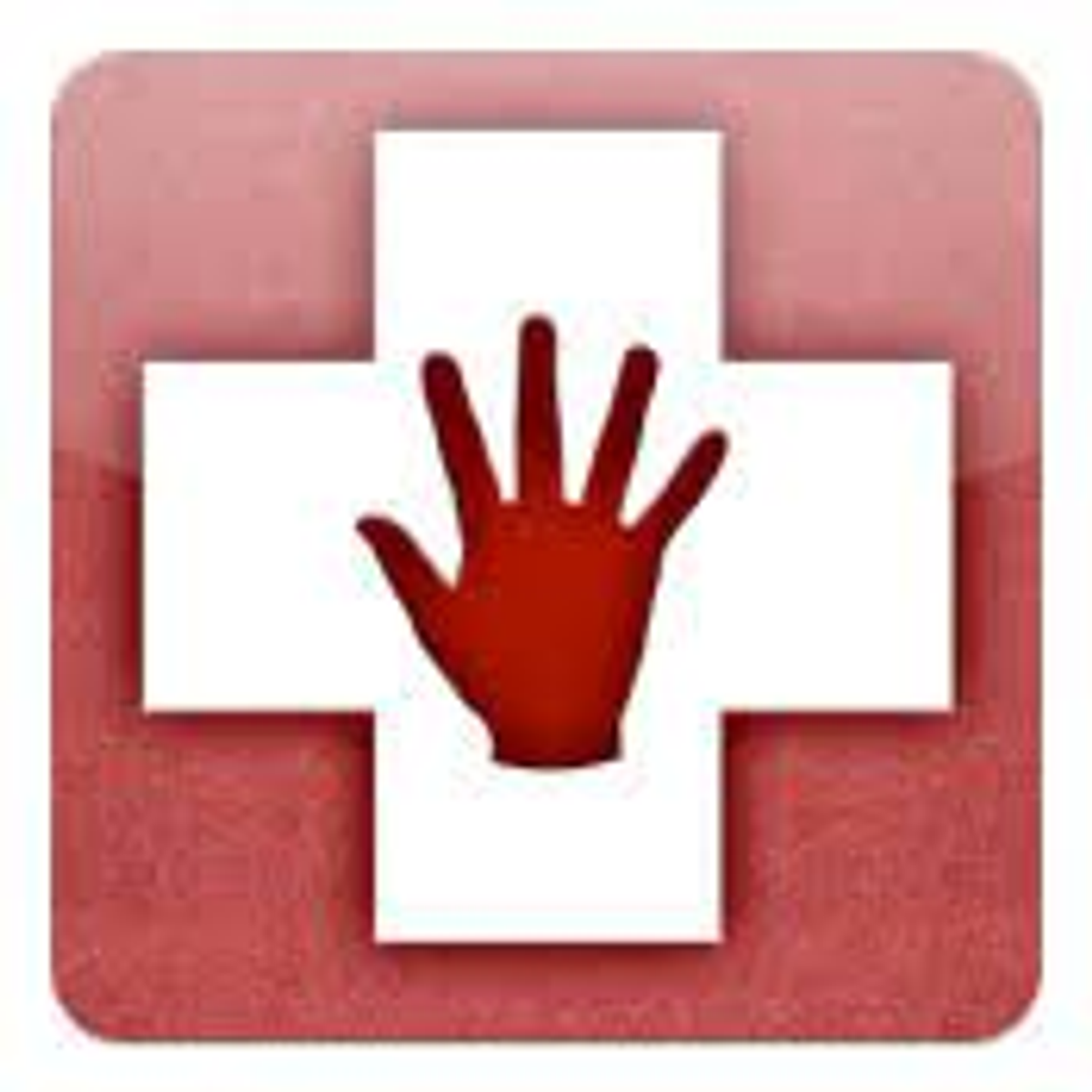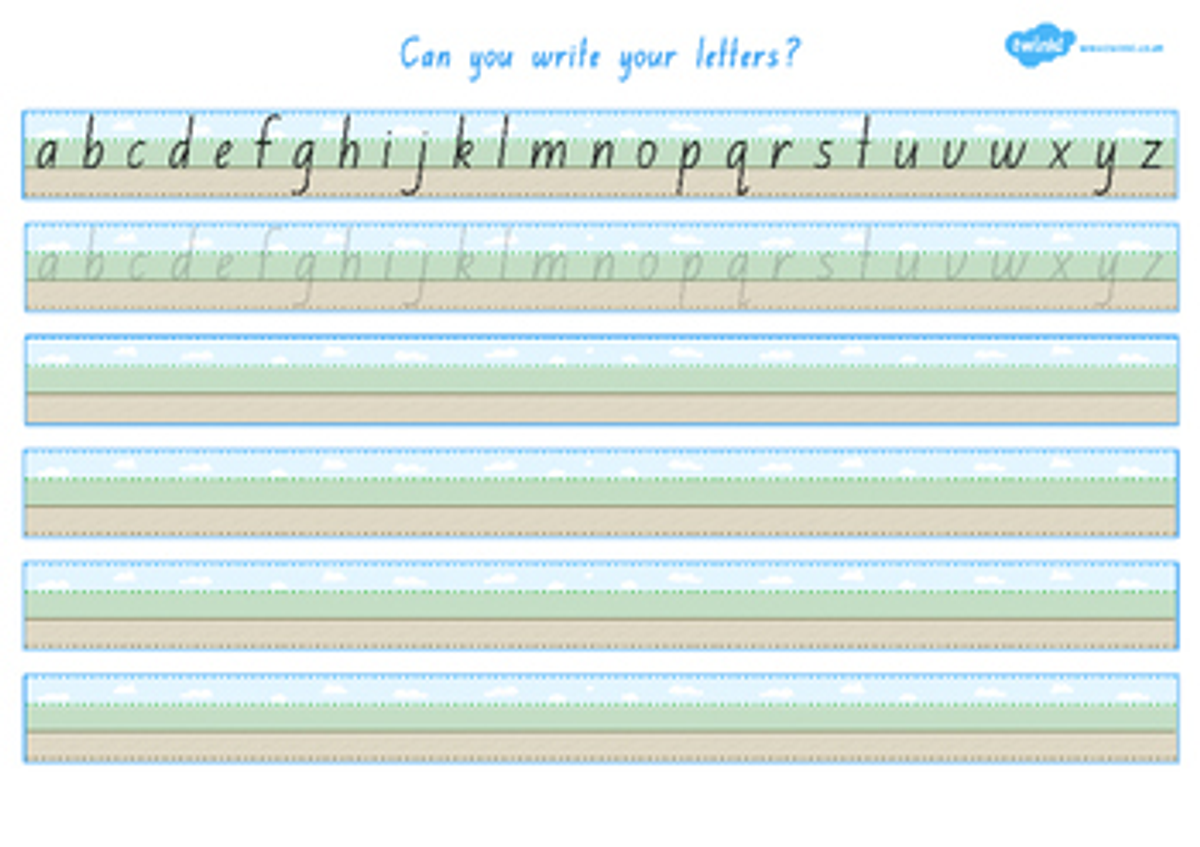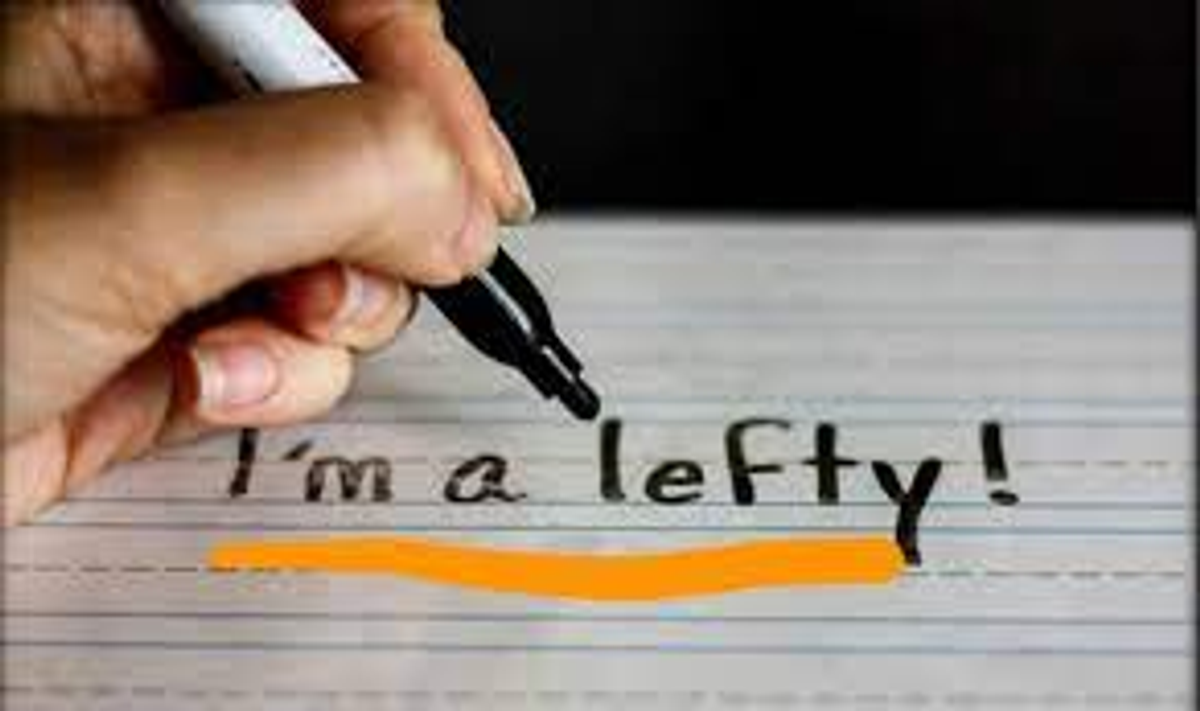Diverse Learning

What Can You Do If Your Child has Messy Handwriting
Even though priorities have changed in education, children still need to have written communication which is readable and understandable, fast and is able to be produced without too much effort. Although children and adults use technology constantly making presentation easier it should be noted that most high school exams culminating in the HSC are still currently handwritten.
Children with learning difficulties often produce messy handwriting due to difficulties in sitting the right way, poor ability to hold onto and use the pencil correctly, difficulty forming letters correctly, difficulty in writing between or on lines or pressing too hard or too soft when writing. They often tire more easily than other children when writing, have problems with learning to join letters, have difficulty writing quickly and make a lot more mistakes when copying writing.
Helping children who are learning to write
it can help to practice writing with different writing tools and surfaces, such as:
- chalk on blackboard
- textas on whiteboard
- crayon on paper
- fingers in sand
- detergent foam on plastic
- fingers in paint
- textas on paper
- charcoal on paper
- shaving phone on the window or bathroom tiles
- finger on steamy mirror
Some examples of fun writing activities:
Letter scrapbook with a different letter to learn each week, pictures and words could also be used. Write letters to friends or family members, write on birthday cards.
Encourage story writing at home ( topics could be about holidays, excursions, visits to family and relatives, friends, favourite activities).
For older children ( Yr 3-6)
Writing can still be fun! and practice makes perfect. Some of these activities may improve motivation.
- producing a storybook
- write a story a day
- make up a cartoon
- writing the shopping list
- writing on birthday cards
- writing letters to family and friends, having a penpal
- copying their favourite story book or an article out of a magazine
- writing practice books
- handwriting programs (ask your teacher or an Occupational Therapist (OT))
To help form letters better
Practice using correct letter formation (NSW style). Remember that letters have changed to egg shapes and sloped lines.
There are many apps available to practice letter formation such as rED Writing and Dexteria. Use a stylus rather than the child's finger to trace the letters as this will build hand strength. For younger children it is recommended that you use a stylus that is a similar width to their chunky pencil.
Try learning one or two letters at a time. It may also make the job easier to learn letters in their family groups.
Stick family l, t, f, i, x, z ( all have stick strokes)
Curvy family v, w, u, y, j (all formed with a curve)
Anticlockwise family a, d, g, q, o, c, e, s, (formed in an anticlockwise direction)
Clockwise family b, h, n, r, m, k, p, (all formed in a clockwise direction)
Start with the stick family as these are easier.
Initially practice making the letters big, concentrating on where each letter starts and the direction it is formed. It may help to describe the direction, EG. “b” starts at the top, goes down, then the egg goes up and around. (Note: simple words are easier to remember).
Note: Every upper and lowercase letter except for lowercase ‘d’ and ‘e’ start at the top.
Practice letter formations using a variety of different writing tools as listed above.
Neatness
Make sure sitting posture is OK i e. sitting up straight, feet on the floor, and pencil grip is correct.
Choose a piece of your child's best writing and talk about the specific good points, EG. letters are the correct size, letters are formed the correct way. Use this best work as the standard which your child has to aim for, each time they write. This is also the standard against which any other work is judged. If work is not up to standard, the work might need to be redone ( unless a special reason applies).
When writing has improved, give specific praise and explain why they're writing has changed. EG. “Your letters are the same size now which makes your writing look so much neater.” or “Your writing is much faster since you've been practicing running writing at home.” Rewards could be used.
If your child has difficulty keeping their writing size the same try printing off some handwriting lined paper from the internet which has the correct size guidelines for your child's year level or ask your child's teacher. You may also like to download blue green and brown lined paper which helps the child know which letters need to go up to the sky EG Capitals, b,d, f,h, k, l, t and down below the line into the ground EG, g, j, p, q, y. All the rest are grass letters a, c, e, i, m, n, o, r, s, u, v, w, x, z.
Make a point of praising your child when they put additional effort into making writing neat. Help your child to see that presentation of work is important by showing them how to improve presentation skills, EG. how to rule the page, decorate their work, write headings etc. Coloured pencils, pens and textas, rulers, and calligraphy sets can also be motivating.
Reducing Frustration
Learning how to touch type can be beneficial. There are a number of free typing programs available such as BBC Dance Mat Typing. For some story writing, an adult or older brother/ sister could write down the story which could be copied out later. Alternatively your child could record their story on the iPad and then listen back to write it out.
If Hands Get Too Tired
Teach your child to have short breaks between sentences (EG. wiggle fingers, shake hands). Strengthen hands through playing with Play-Doh, dough, clay, plasticine, exercises with rubber bands, finger games such as marbles and LEGO. Please see your class teacher if you would like a home package of hand strengthening exercises.
Remind your child not to hold onto the pencil too tightly. Practice writing patterns which could encourage the fingers to work more freely
Check that your child has a good pencil grip. If you are not sure ask the teacher as we have a number of grips to trial at school. An occupational therapist can fully assess a child's pencil grip and recommend specialised pencil grips to try too.
Left Handers
Some left handers may find writing more difficult. Check that they hold onto the pencil about 3cm away from the point of the lead so they can see what they are writing. It may also be helpful to practice writing patterns from the left side to right side across the page. Sometimes ballpoint or erasable pens also make it easier.
Talk to an Occupational Therapist about finding out what your child's handwriting problem is and ways to help specific problems.
Ms Janelle Schembri | Diverse Learning Coordinator






